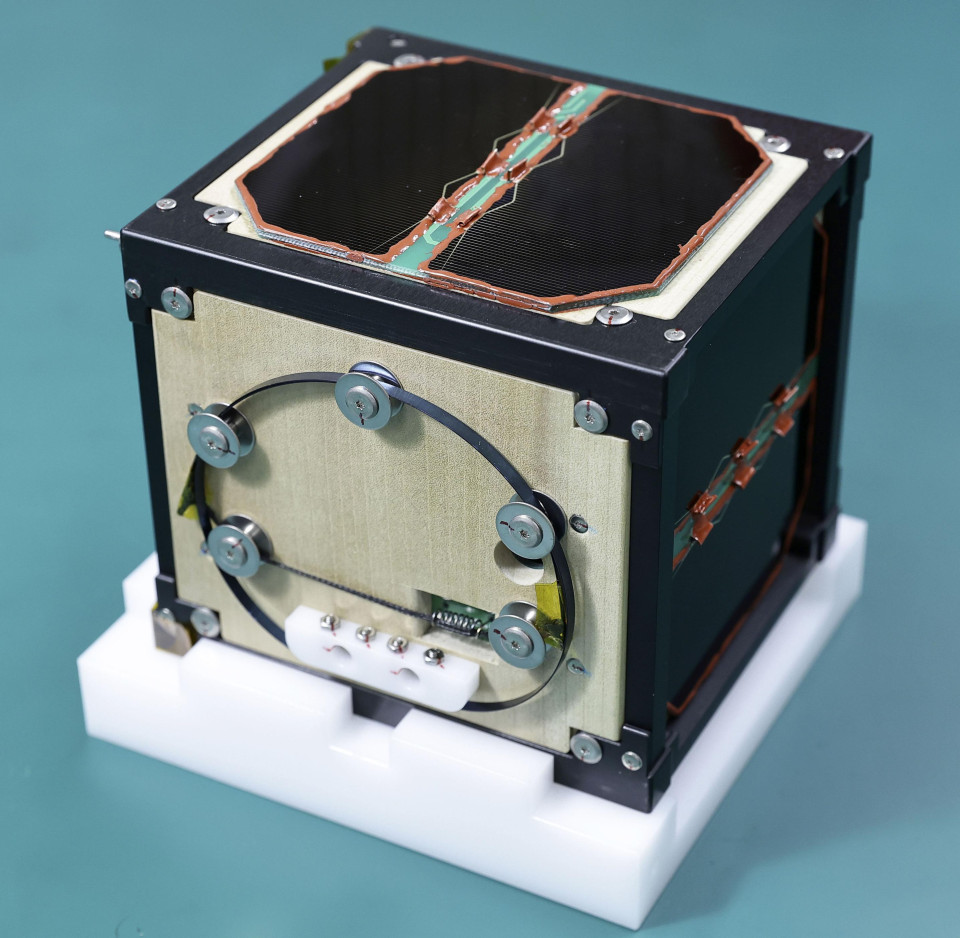In a groundbreaking achievement for sustainable technology, Japanese researchers have successfully launched LignoSat, the world’s first wooden satellite, into space. This innovative palm-sized satellite, crafted from Japanese magnolia wood, aims to explore the potential of wood as a sustainable building material for future space habitats and missions to the Moon and Mars.
The compact satellite, measuring just 10 centimeters on each side, was developed through a collaboration between Kyoto University and the logging company Sumitomo Forestry. It is set to be transported to the International Space Station aboard a SpaceX rocket, where it will be released into an orbit approximately 400 kilometers (about 250 miles) above Earth.
Constructed using traditional Japanese woodworking techniques, LignoSat is built without the use of glue or screws. Researchers have designed it to endure the harsh conditions of space, asserting that the durability of wood can be enhanced in an environment devoid of oxygen and moisture, which typically lead to decay and fire hazards on Earth.
Professor Takao Doi of Kyoto University emphasized the significance of using timber in space exploration: “With timber, a material we can produce by ourselves, we will be able to build houses, live, and work in space forever. Our aim is to develop human habitats using wood on the Moon and Mars in the future.”
One of the satellite’s key advantages is its potential to address the pressing issue of space debris. When decommissioned, wooden satellites may burn up more easily in Earth’s atmosphere compared to traditional metal satellites, potentially reducing the accumulation of space junk. Dr. Doi noted, “Metal satellites might be banned in the future. If we can prove our first wooden satellite works, we want to pitch it to Elon Musk’s SpaceX.”
Once in orbit, LignoSat will operate for six months, during which its electronic components will monitor how wood withstands the extreme conditions of space, including significant temperature fluctuations. Researchers plan to gather data on the satellite’s internal temperature, magnetic properties, and its expansion and contraction in low-gravity environments.
Dr. Doi remarked on the innovative nature of this project, stating, “It may seem outdated, but wood is actually cutting-edge technology as civilization heads to the Moon and Mars.” The success of LignoSat could pave the way for a sustainable future in space exploration, transforming how we think about building habitats beyond our planet.








